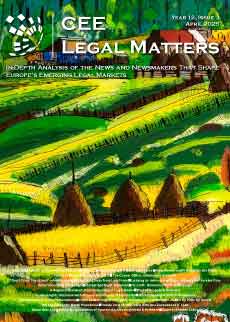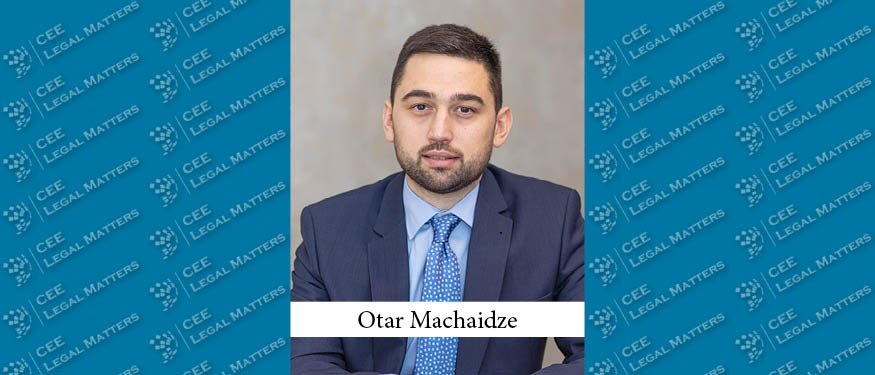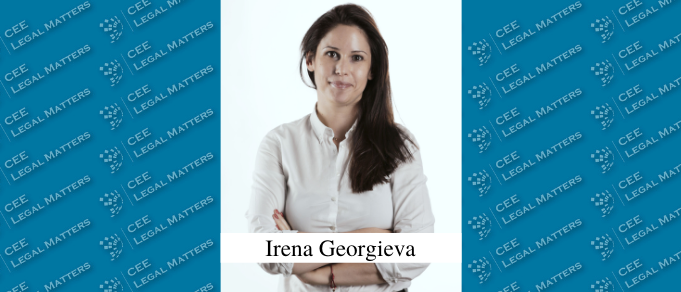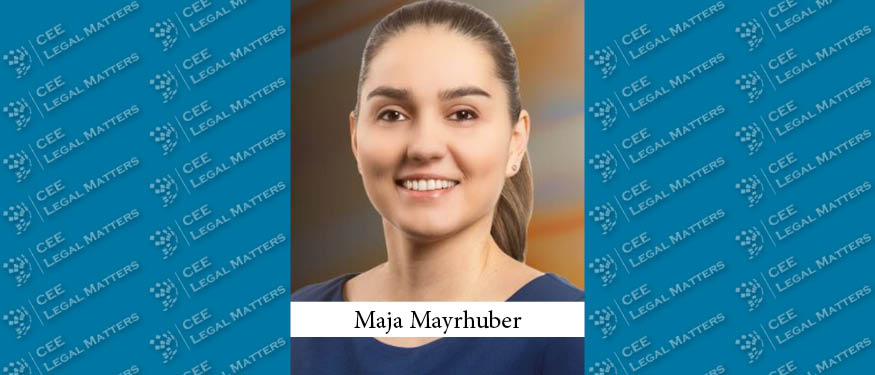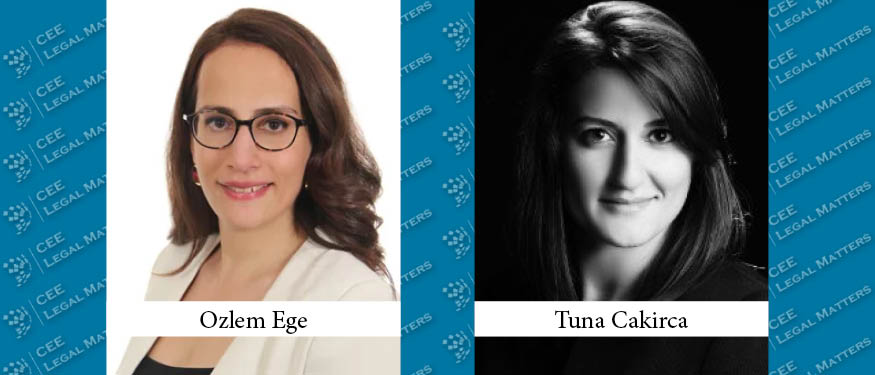Trademark professionals have noted growing interest in protecting trademarks for "virtual goods". This leaves trademark specialists as well as IP offices grappling with how to correctly classify these goods.
Why do trademarks need to be protected for virtual goods?
Besides the real world, people are spending more and more time in the metaverse, defined by the Online Cambridge Dictionary as "a virtual world where humans, as avatars, interact with each other in a three-dimensional space that mimics reality". As virtual environments grow in variety, people are keen to outfit their avatars with branded products known in the real world. For example, no self-respecting avatar wants to visit a virtual event without proper – preferably branded – clothing.
Does the Nice Classification help with the classification of virtual goods?
An analysis of Class 9 of the Nice Classification provides some clues as to the correct classification of virtual goods by stating: "[…] digital goods such as music or electronic books which are intended to be downloaded onto an end user's electronic device are in Class 9, whereas the provision of non-downloadable digital goods online is considered to be a service in Cl. 41; online retail services for these goods would, however, be in Cl. 35."
Using electronic books as an example for the classification of the virtual counterparts of real-world products, one can surmise that the following principles apply:
- Electronic books are not classified in the same class as printed books (which would fall into class 16). Therefore, virtual goods are likely not classified in the same class as their real-world counterpart.
- Downloadable electronic books are classified in class 9, which falls in the taxonomy of the Harmonised Database under the general term "recorded content". Consequently, downloadable virtual goods will be classified in class 9.
- Non-downloadable electronic books that are only provided online are classified as services in class 41. Thus, providing non-downloadable virtual goods is considered a service classified in class 41.
- The sale of downloadable electronic books is classified in class 35 as a retail service. Accordingly, retail services relating to downloadable virtual goods are classified in class 35.
Are there any pre-approved terms for virtual goods?
The ID Manual of the US Patent and Trademark Office already provides a wording that can be used for such virtual goods, namely:
- "Downloadable virtual goods, namely, computer programs featuring {specify nature, type, e.g. articles of clothing} for use in online virtual worlds" in class 9.
- "Entertainment services, namely, providing on-line, non-downloadable virtual {indicate goods, e.g. clothing, pets, furniture, etc.} for use in virtual environments created for entertainment purposes".
The Harmonised Database, which contains terms pre-approved by all EU national and regional IP offices, including the EUIPO, will likely accept similar language.
Conclusion
A while ago, the notion that trademarks would be protected for "downloadable virtual suits for avatars" sounded a little surreal. Today, however, there is definitely a need for it. By carefully following the rules for the classification of goods and services outlined in the general remarks and further specified in the class analyses of the Nice Classification, the correct classes also for "virtual goods" can be identified.
By Gudrun Irsa-Klingspiegl, Head of Trademark Management - Trademark Portfolio Manager, Schoenherr






